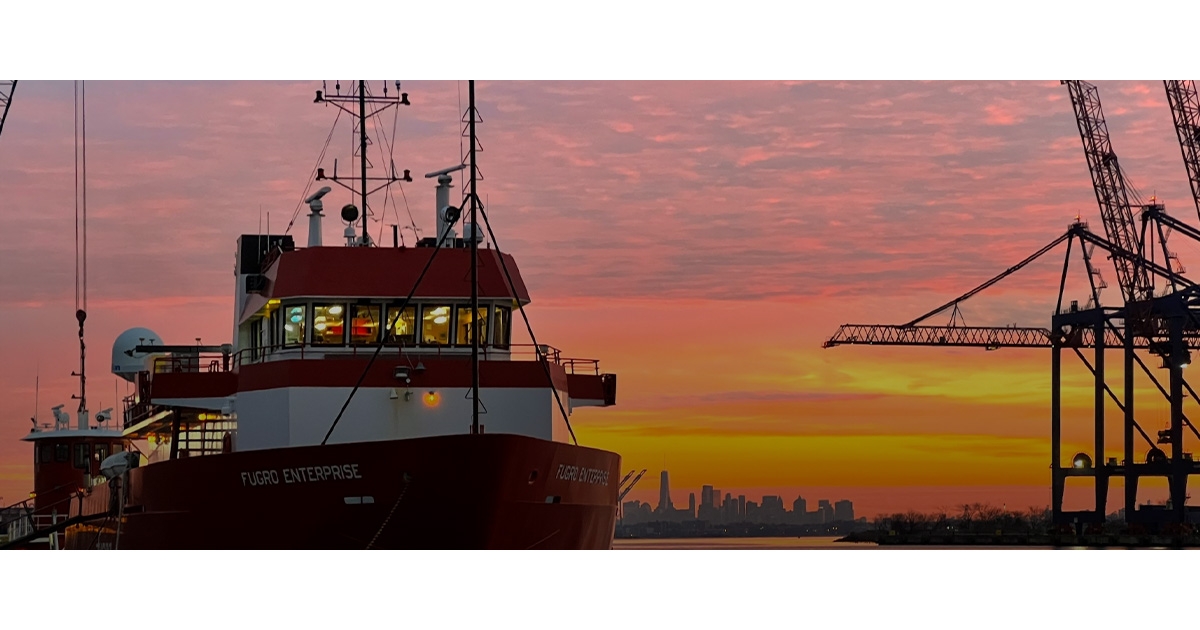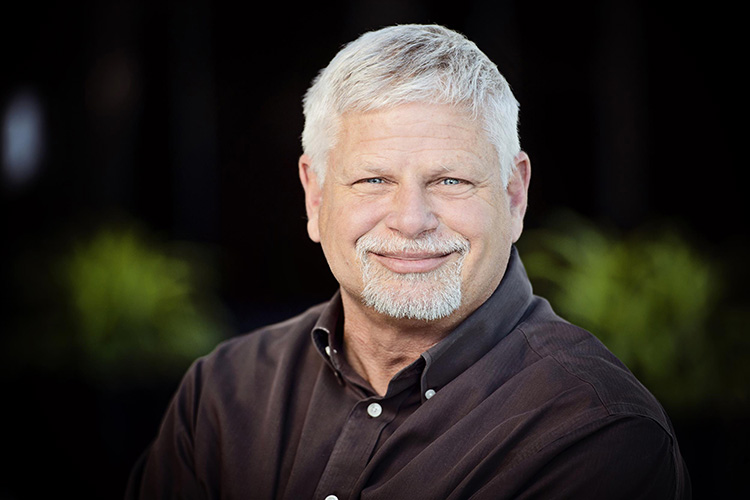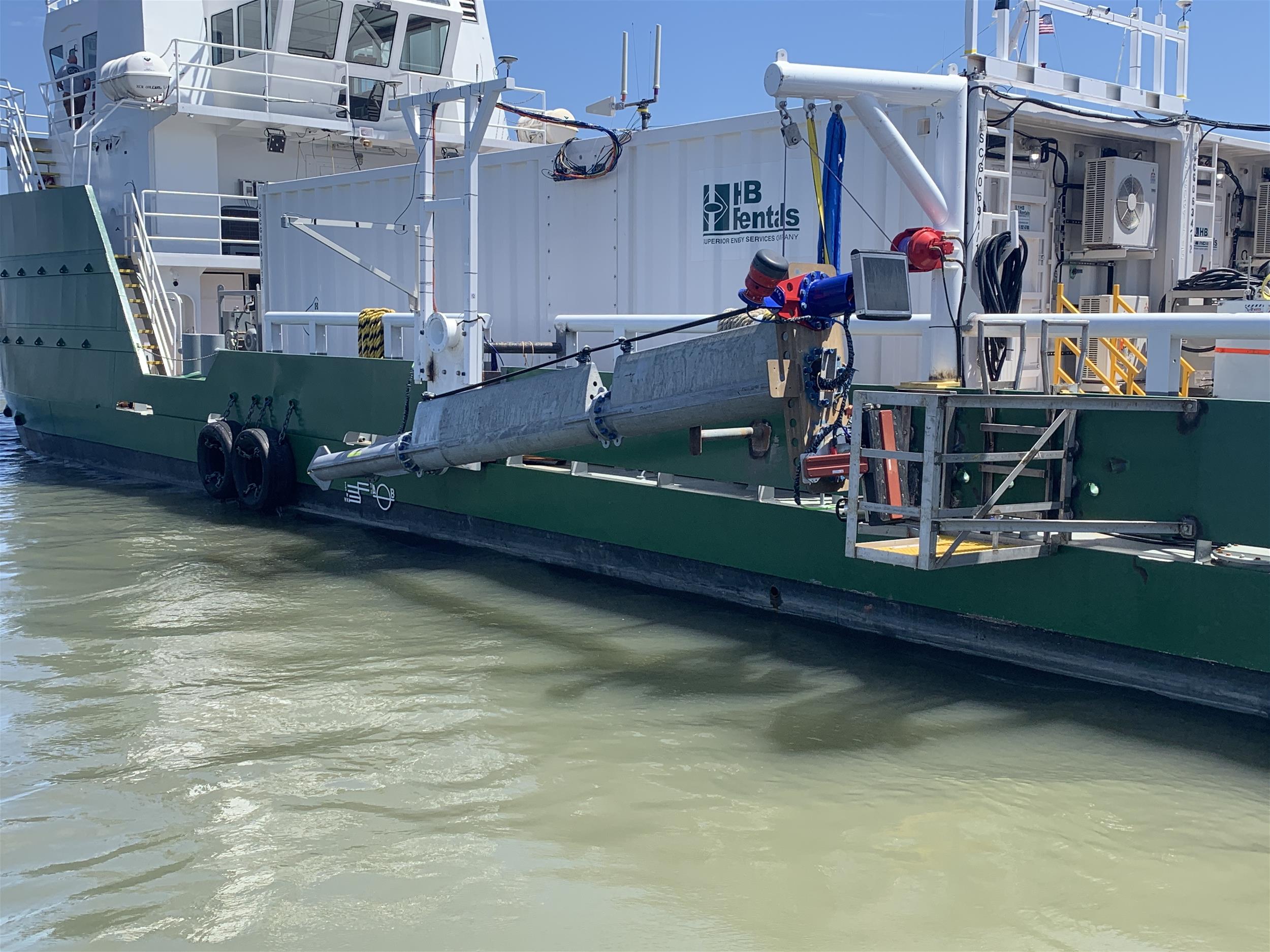Advancing Geophysical Surveys for a Sustainable Energy Future

Incremental change is a powerful catalyst for transformation. When fostered by a culture of innovation, those changes can yield significant results. Fugro is proving that point in the Americas where a small team is making a big impact on the quality and efficiency of marine geophysical surveys. Their goal: to better support the energy transition.
The need for speed
As the world moves toward a more sustainable future, offshore wind has emerged as a promising alternative to traditional energy sources. Developing these projects poses significant challenges, however, such as the need to gather and analyze vast amounts of Geo-data in short timeframes. To safely deliver this essential information faster, Fugro is investing in continual improvements to our marine geophysical survey capabilities that benefit not only offshore wind, but other transitional activities, including those related to liquified natural gas (LNG) and carbon capture and storage (CCS).
 Chad Pastor, Technical Manager for Site Characterization, Americas. Credit: Fugro
Chad Pastor, Technical Manager for Site Characterization, Americas. Credit: Fugro
Change agent
Working with a team of experts hand-picked across Fugro’s global organization, Chad Pastor, an Americas-based technical manager with more than 30 years of Fugro experience, leads the region’s geophysical improvements initiative. His background in industrial electronics and former roles in field operations, Geo-data processing and general management make him especially well-suited for the role.
Here are some of the most impactful innovations to date, all of which are patented or have patents pending:
- Reducing the time and cost of surveying with the Fugro Hydrodynamic Acquisition System (HAS). Typically, drydocking is required to install hull-mounted sensors. The HAS high-tech pole mount streamlines this process, accommodating multiple survey technologies such as dual multibeam echosounder and sub-bottom profiler sensors (including the Innomar deep-36 system). This innovative solution allows crews to mobilize within days instead of weeks, survey at high speeds and quickly fix sensor issue while offshore. Three different models are available to support safe and efficient high-speed surveys in various water depths, including full ocean depths.
- Improving side data quality and processing times of side scan sonar data with the Fugro Fibre Optic Gyro (FOG). Side scan sonar systems gather vital underwater object, sediment and seafloor texture data. Standard magnetic heading sensors limit their accuracy, leading to time consuming (and costly) manual processing. The FOG solves this problem by providing heading information with 0.2° accuracy compared to ±10° accuracy from industry standard sensors. This reduces manual intervention while also enhancing data quality for more accurate target count of boulders, information critical to US East Coast wind farm projects.
- Making cable route surveys more efficient and sustainable with Fugro Curved Line Surveying. Conventional sensor technologies require offshore surveys to be conducted in straight lines, much like mowing a lawn. While this approach is effective for block surveys over lease areas, it's not ideal for nonlinear external cable routes, resulting in excessive coverage and wasted effort. Fugro’s Curved Line Surveying solution uses advanced sensors (including Fugro FOG) to accurately survey even narrow corridors, compressing our clients project schedules by approximately 30% while also reducing CO2 emissions.
- Automating Geo-data collection from towed sensors with the Fugro Automated Winch. Side scan sonar and magnetometer sensors are towed though the water within several meters of the seafloor. These sensors are connected to hydraulic winches, which normally are controlled manually by the field crew. The Fugro Automated Winch eliminates crew intervention, controlling the winch using a programable logic control connected to its Starfix® NG navigation package. The altitude of the sensors is constantly controlled to improve data quality, reduce operator fatigue and is a fundamental step toward remote vessel operations.
 The HAS10 installed on a third-party vessel; supporting offshore wind projects in maximum water depths 1000 m. Credit: Fugro
The HAS10 installed on a third-party vessel; supporting offshore wind projects in maximum water depths 1000 m. Credit: Fugro
Value-focused
Each of these innovations were achieved in a five-month timeframe. That’s a standard Chad has adhered to for more than 30 applied technology improvements made over the past 4 years.
“It’s a value-focused and disciplined approach that helps prioritize our technology improvements,” he explained. “By keeping ourselves accountable to delivering tangible business results within five months of starting a project, we ensure that our efforts are always focused on delivering value to our clients.”
Global good
As an international organization, the innovations developed in one region are shared to benefit Fugro’s customers across the globe. This approach fosters a highly collaborative environment that enables innovation to thrive. Chad put it simply: “It’s fun to work with talented people and create new technology that benefits the entire industry.”

